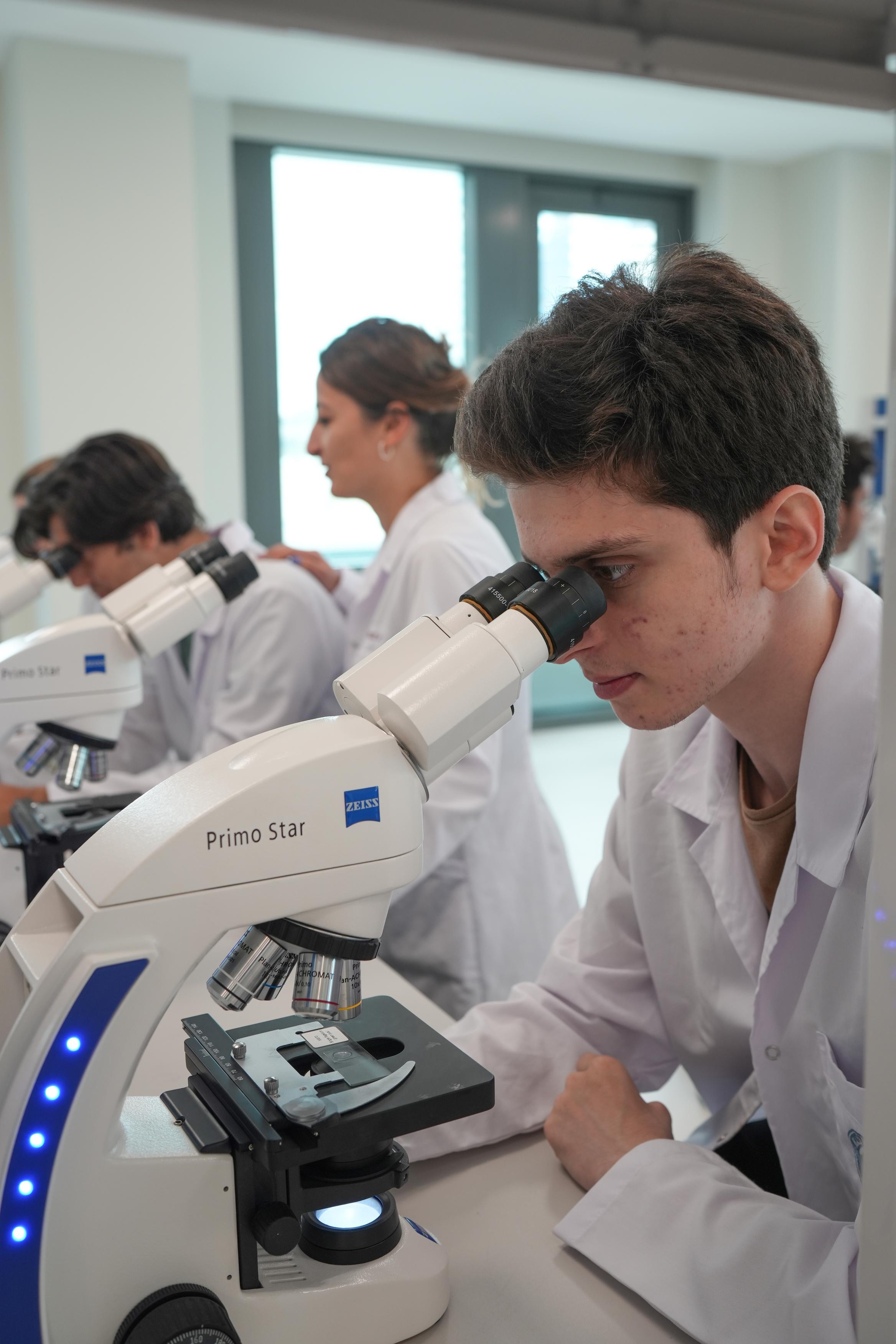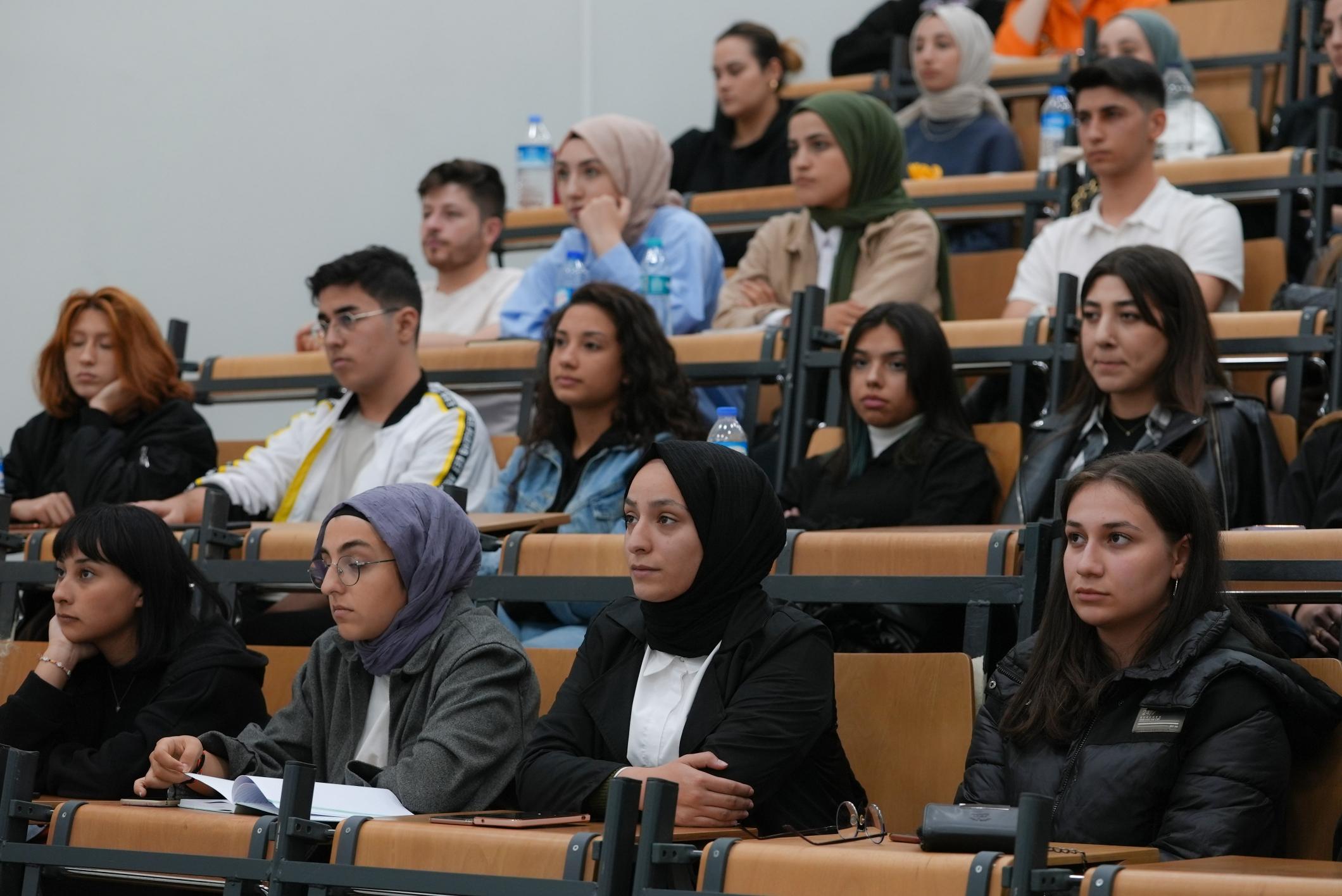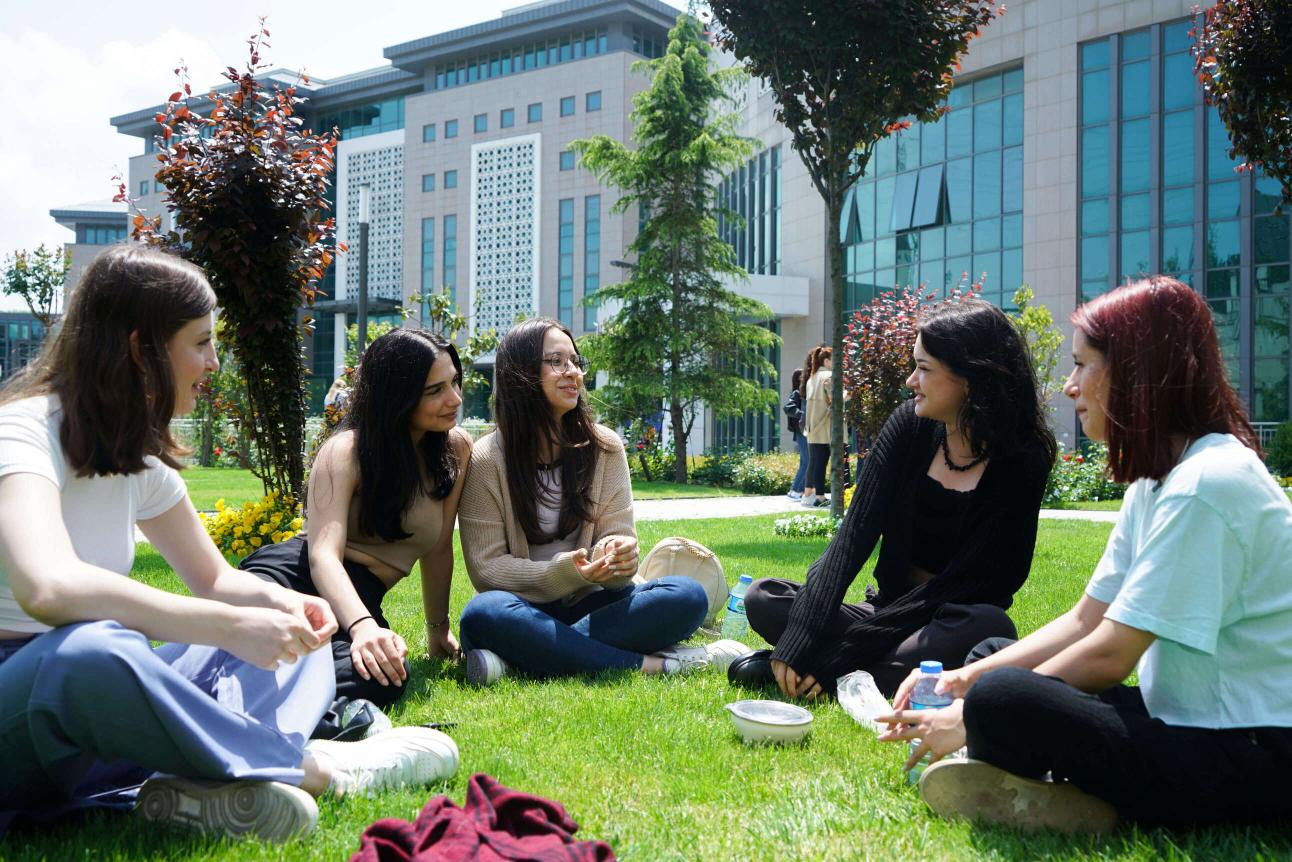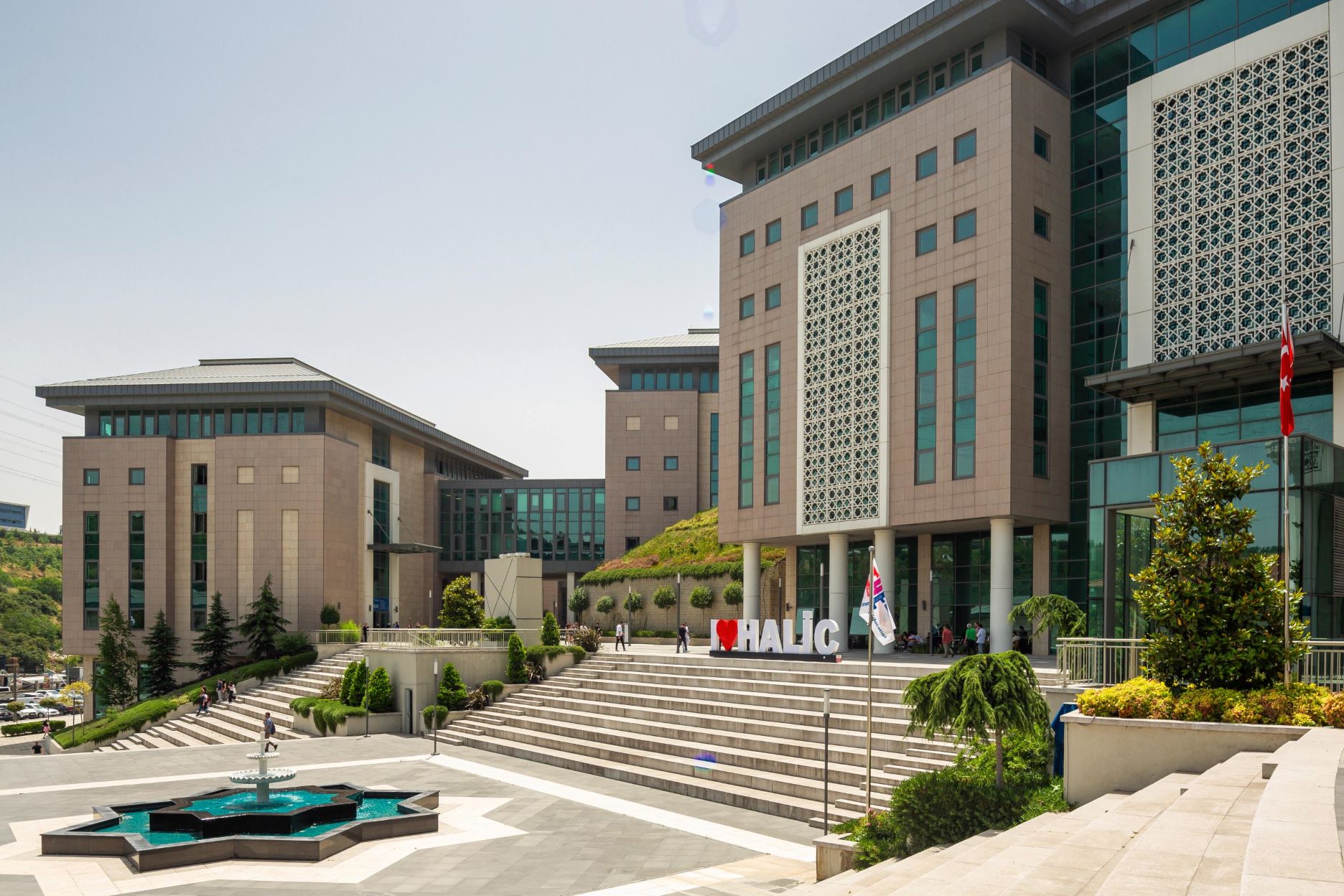
Atatürk's Chronology
1881: He was born in Thessaloniki.
1893: He entered the Military High School and took the name Kemal.
1895: He graduated from Thessaloniki Military High School and entered the Manastır Military High School.
1899 March 13: He entered the Infantry Class of the Istanbul Military Academy.
1902: He entered the Military Academy where he published a newspaper.
1905 January 11: He graduated from the Military Academy as a Captain, was assigned to Damascus to train in the 30th Cavalry Regiment of the 5th Army.
1906 October: He founded the Vatan ve Hürriyet Cemiyeti in Damascus. He did his artillery internship in Damascus and became Kolağası.
1908 July 23: Works for the declaration of the Constitutional Monarchy.
1909 March 31: He worked as a Staff Officer of the Movement Army during the March 31 revolution.
1911 September 13: Mustafa Kemal was transferred to Istanbul to the General Staff.
1911 November 27: Mustafa Kemal was promoted to Major.
1912 January 9: Mustafa Kemal led the Tobruk offensive in Tripoli.
1913 October 27: Mustafa Kemal was appointed to the Sofia Attaché.
1914 March 1: Mustafa Kemal was promoted to Lieutenant Colonel.
1915 February 2: Mustafa Kemal established the 19th Division in Tekirdagi.
1915 February 25: Mustafa Kemal’s departure to Maydos.
1915 April 25: Mustafa Kemal resisted the Allies at Arıburnu.
1915 June 1: Mustafa Kemal’s ascent to the rank of Colonel.
1915 August 9: Mustafa Kemal was appointed to the Anafartalar Group Command.
1915 August 10: Mustafa Kemal threw the enemy back from Anafartalar.
1916 April 1: Mustafa Kemal’s rise to the rank of Brigadier General.
1916 August 6: Mustafa Kemal liberated Bitlis and Muş from the enemy.
1917 September 20: Mustafa Kemal wrote his report describing the state of the country and the army.
1917 October: Mustafa Kemal returned to Istanbul.
1918 October 26: Mustafa Kemal stopped the enemy attacks on our present borders in the north of Aleppo. 1918 October 30: Signing of the Armistice of Mudros.
1918 October 31: Appointment of Mustafa Kemal to Yıldırım Armies Group Command.
18 November 13: Abolition of the Yıldırım Armies Group Command and Mustafa Kemal’s return to Istanbul.
1919 April 30: Mustafa Kemal was appointed to the 9th Army Inspectorate in Erzurum.
1919 May 15: Greeks landing troops in Izmir.
1919 May 16: Mustafa Kemal left Istanbul on the Bandırma ferry.
1919 May 19: Mustafa Kemal landed in Samsun.
1919 June 15: Mustafa Kemal received the title of 3rd Army Inspector.
1919 June 21: Mustafa Kemal summoned the National Forces to the Sivas Congress.
1919 July 8 / 9: Mustafa Kemal withdrew from the military. (Time: 20:50)
1919 July 23: The meeting of the Erzurum Congress under the presidency of Mustafa Kemal and its dissolution by electing a Representative Committee. (August 7, 1919)
1919 September 4: Meeting of Sivas Congress under the presidency of Mustafa Kemal and its ending on 11 September.
1919 September 11: Mustafa Kemal was dispersed to the Presidency of the Anatolian and Rumelian Defense Law Society Delegation.
1919 October 22: Signing of the Amasya Protocol.
1919 November 7: Mustafa Kemal was elected as a deputy from Erzurum.
1919 December 27: Mustafa Kemal came to Ankara with the Representative Committee.
1920 March 20: The capture of Istanbul by the Allies, Mustafa Kemal’s protest, an attempt to convene a new National Assembly in Ankara.
1920 March 18: The last meeting of the Parliament of Parliament in Istanbul.
1920 March 19: Announcement by Mustafa Kemal to the provinces about the convening of a National Assembly with supreme authority in Ankara.
1920 April 23: Mustafa Kemal opened the Turkish Grand National Assembly in Ankara.
1920 April 24: Mustafa Kemal was elected President of the Grand National Assembly.
1920 May 5: Meeting of the first Government under the presidency of Mustafa Kemal.
1920 May 11: Mustafa Kemal was sentenced to death by the Istanbul Government.
1920 May 24: Mustafa Kemal’s sentence was approved by the Sultan.
1920 August 10: The signing of the Treaty of Sèvres between the Ottoman Empire delegates and the Entente Powers.
1920 January 9 / 10: First İnönü Battle.
1921 January 20: Adoption of the main articles of the First Teşkilat-ı Esasiye (Constitution) Law.
1921 March 30 / April 1: Second Battle of İnönü.
1921 May 10: The establishment of the Anatolian and Rumeli Defense Law Group in the Grand National Assembly by Mustafa Kemal and the election of Mustafa Kemal as the Group President.
1921 August 5: Mustafa Kemal was given the post of Commander-in-Chief.
1921 August 22: The start of the Sakarya Pitched War under Mustafa Kemal.
1921 September 13: Victory of the Battle of Sakarya.
1921 September 19: Mustafa Kemal was given the rank of Marshal and Mustafa Kemal received the title of Ghazi.
1922 August 26: Ghazi Mustafa Kemal leads the Great Offensive from Kocatepe.
1922 August 30: Ghazi Mustafa Kemal wins the Dumlupınar Battle of the Commander-in-Chief.
1922 September 1: Ghazi Mustafa Kemal: "Armies! Your first target is the Mediterranean, Forward!" giving his order.
1922 September 9: The Turkish Army enters Izmir.
1922 September 10: Ghazi Mustafa Kemal’s arrival in Izmir.
1922 October 11: Signing of the Mudanya Armistice.
1922 November 1: The abolition of the sultanate upon the recommendation of Ghazi Mustafa Kemal.
1922 November 17: Vahdettin escaped from Istanbul with a British warship.
1923 January 29: Ghazi Mustafa Kemal’s marriage to Latife Hanım.
1923 July 24: Signing of the Treaty of Lausanne.
1923 August 9: Ghazi Mustafa Kemal founding the People’s Party.
1923 August 11: Ghazi Mustafa Kemal’s election to the Presidency of the 2nd Grand National Assembly.
1923 October 29: Proclamation of the Republic.
1923 October 29: Ghazi Mustafa Kemal becomes the first President.
1924 March 1: Ghazi Mustafa Kemal’s opening speech about the abolition of the Caliphate and the unification of education in the Grand National Assembly.
1924 March 3: The laws on the abolition of the Caliphate, the unification of education, the abolition of the Şer’iyeve Evkaf Vekaleti (Ministry) and the Erkanıharbiyei Umumiye Ministry were passed by the Grand National Assembly.
1924 April 20: Adoption of the Organization of the Republic of Turkey (Constitution) Law.
1925 February 17: Abolition of tithe.
1925 August 24: Ghazi Mustafa Kemal wears a hat for the first time in Kastamonu.
1925 November 25: Adoption of the Hat Law in the Grand National Assembly.
1925 November 30: Adoption of the law on the closure of lodges.
1925 December 26: Adoption of the international calendar and time.
1926 February 17: Adoption of the Turkish Civil Code.
1927 July 1: Ghazi Mustafa Kemal’s first visit to Istanbul as President.
1927 October 15 / 20: Ghazi Mustafa Kemal’s speech at the 2nd Congress of the Republican People’s Party.
1927 November 1: Ghazi Mustafa Kemal’s election to the Presidency for the 2nd time.
1928 August 9: Ghazi Mustafa Kemal’s speech about Turkish letters at Sarayburnu.
1928 November 3: Adoption of the Turkish Letters Law in the Grand National Assembly.
1931 April 15: Establishment of the Turkish Historical Society by Ghazi Mustafa Kemal.
1931 May 4: Ghazi Mustafa Kemal’s election to the Presidency for the third time.
1932 July 12: Founding of the Turkish Language Association by Ghazi Mustafa Kemal.
1933 October 29: Ghazi Mustafa Kemal’s historic speech on the 10th Anniversary of the Republic.
1934 November 24: The adoption of the law giving the surname ATATÜRK to Ghazi Mustafa Kemal by the Grand National Assembly.
1935 March 1: Atatürk’s election to the Presidency for the 4th time.
1937 May 1: Atatürk donating his farms to the Treasury and his immovable properties to Ankara Municipality.
1938 March 31: The first official announcement of the Presidency General Secretariat about Atatürk’s illness.
1938 September 15: Atatürk writes his will.
1938 October 16: Starting the publication of daily official announcements about Atatürk’s illness.
1938 November 10: Atatürk’s death. (Thursday, at 09.05)
1938 November 11: Extraordinary meeting of the Istanbul City Council. Lowering the Presidential Penalties in the Palace and hoisting the Turkish Flag, which was lowered to half.
1938 November 12: Due to the death of Atatürk, the youth of Higher Education gathered in the University Conference Hall.
1938 November 13: Youth gathered in front of the Taksim Republic Monument and vowed to protect the Republic founded by Atatürk.
1938 November 14: The Grand National Assembly held a very sad meeting.
1938 November 15: The government announced the date of 21 November 1938, when Atatürk will be put in his eternal resting place in Ankara, as the day of national mourning.
1938 November 16: Istanbulites performed their last duty in front of Atatürk’s catafalke in the Dolmabahçe Palace Audition Hall, from the first hours of the morning until the last hours of the night, with respect and sadness.
1938 November 19: With a great ceremony, Atatürk’s lofty funeral was taken from Dolmabahçe, first to Sarayburnu, and then to the battleship Yavuz with the Zafer torpedo. The coffin, which was taken to Izmit by the battleship Yavuz, was sent to Ankara from there.
1938 November 20: Atatürk’s lover reached Ankara and was put on the catafalka in front of the Grand National Assembly in Ankara. The people of Ankara did their last duty with respect.
1938 November 21: Placement of Atatürk’s funeral in the Temporary Grave at the Ethnography Museum.
1938 November 25: Opening of Atatürk’s will.
1938 December 26: Acceptance of Atatürk being referred to as "The Eternal Chief".
1953 November 4: Opening of Atatürk’s Temporary Grave.
1953 November 10: Transfer of Atatürk’s funeral to Anıtkabir.





 EN
EN










